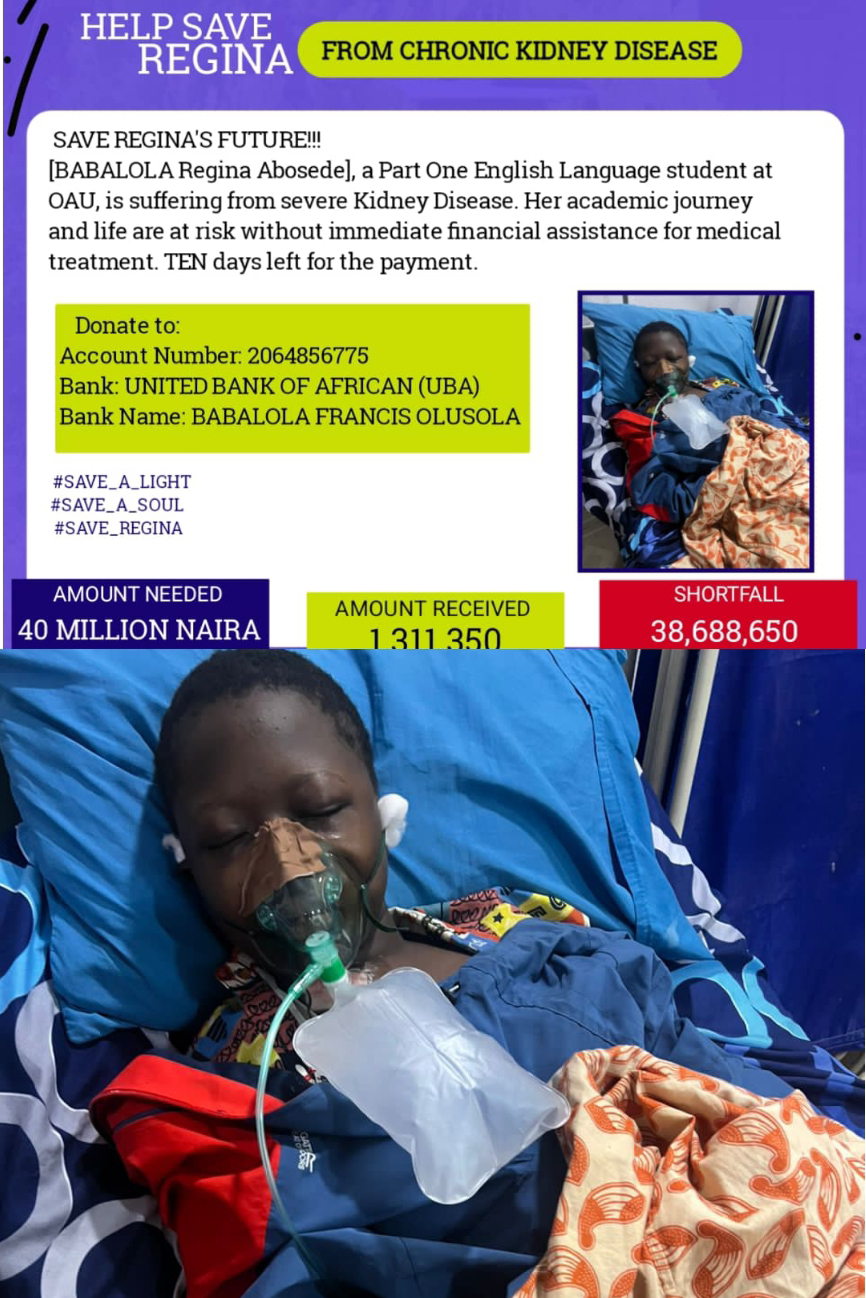How To Spot Fake News
By Babajide Kehinde
Fake news has become a concern for everyone, the rate at which fake news spreads it has made real news to look fake. However, there are ways to differentiate fake news from real news.
There are two kinds of fake news:
1. Stories that are not true: these stories are purposely invented to make people believe something false, to buy a product or visit a certain site.
2. Stories that have some truth, but are not 100% correct: This kind of fake news doesn’t consist of objective writing, it is biased and aims to make readers believe a certain political ideology.
Note: There are people who claim a story is fake because they do not agree with it or find it uncomfortable.
1. Develop a Critical Mindset
One of the reason fake news is a big issue is because it is often believable, which means it is easy to get deceived. This means it is important to keep you emotions towards the story in check. Approach what you see and hear rationally and critically. Ask questions like: Why was this story written? Is it persuasive? Is it trying to change my ideological viewpoint?
2. Check the Source
When you come across a story from a source you have never seen before, try to do some digging. Find out a bit about the publisher, check the reputation of the news outfit; is it a well-known news agency? Or is it a personal blog?
Check the URL (Uniform Resource Locator), a web address that helps browsers to find a site on the internet. Check out for sites that end with extensions like “.infonet” and “.offer” rather than “.com” or “.co.uk,” or that contain spelling errors, this means the source is unreliable.
3. Examine the Evidence
A credible story will include facts, statistical data, quotes from experts, survey data. If these are missing, question the story or report.
Does the evidence prove that something definitely happened? Or have the facts been “twisted” to back up a viewpoint?
4. Check for similar reports
See whether the story has been picked by other well-known media outfits. Stories from Premium Times, ThePunch, BBC, CNN, would have been checked beforehand. However, you have to be careful because there are several duplicates (which could have been doctored, newspaper mockups) of these well-known organizations on the internet, you can now if they are real through their web address.
5. Look for Fake Images
Modern editing software have made it possible to create fake images that look professional and authentic. There are tools you can use to detect such images like Goggle Reverse Image Search to check whether the image has been altered or used in the wrong context.
Finally, use common sense! If the story sounds unbelievable, it probably is. Fake news is designed to feed your biases or fears. Remember that because a story sounds true doesn’t mean it is. You may encounter some stories that may sound wrong but it is not, they could only be intentional satire.
There are however, platforms that ensure stories are fact-checked like Premium Times Center for Investigative Journalism owned platform, Dubawa. They have fact-checked a lot of stories on the internet including statements by political leaders. Every Nigerian should be educated on the need to stop spreading fake news and believing fake news.






Comments
Post a Comment